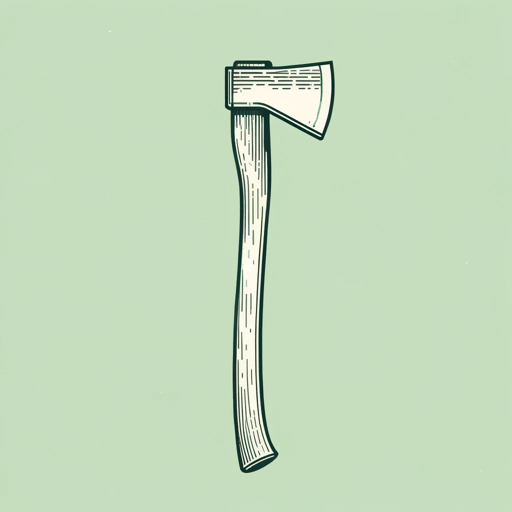45 pages • 1 hour read
Gary PaulsenGuts: The True Stories Behind Hatchet and the Brian Books
Nonfiction | Autobiography / Memoir | Middle Grade | Published in 2001A modern alternative to SparkNotes and CliffsNotes, SuperSummary offers high-quality Study Guides with detailed chapter summaries and analysis of major themes, characters, and more.
Summary and Study Guide
Overview
Guts: The True Stories Behind Hatchet and the Brian Books by Gary Paulsen is a 2001 nonfiction work covering the events that inspired the author to write Hatchet, a 1986 survival bildungsroman and Newbery Medal winner listed among the top 100 children’s books of all time by School Library Journal (“School Library Journal Top 100 Children’s Novels, 2012 Poll.” Library Thing). The award-winning novel follows Brian Robeson as he survives alone in the remote Canadian wilderness after a fatal plane crash. Guts is a collection of wilderness tales, musings on nature, personal survival accounts, and telling anecdotes, with each chapter demonstrating how Paulsen’s lived experiences found their way into the fictional character of Brian Robeson. Paulsen is known for his simple, clear verbiage and straightforward syntax, and his creation of compelling characters who overcome enormous obstacles by finding strength within. His fiction books frequently explore what it means to survive in the wild and what survival offers a boy approaching manhood. In Guts, Paulsen uses his trademark, Hemingway-like language to chronicle his evolution from wilderness novice to respected adventurer, survivalist, and author. Guts demonstrates Paulsen’s writing prowess as well as his survival knowledge and expertise, and it offers a behind-the-scenes look at how Hatchet came to be.
This guide refers to the Dell Laurel-Leaf 2001 edition of Guts and the Puffin Books 1988 edition of Hatchet.
Content Warning: Guts includes detailed portrayals of survival situations, including human fear, danger, injury, and death. The book includes graphic descriptions of hunting, trapping, fishing, and killing wild animals, as well as processing the bodies for food and tools.
Summary
Hatchet opens with a bush pilot suddenly dying of a heart attack and the plane crash-landing in the wild. Chapter 1 of Guts, thus, explores Paulsen’s lived experiences with heart attack victims and aviation disasters, directly linking the fictional events in Hatchet to events from Paulsen’s past. As a remote volunteer ambulance driver, Paulsen responds to many heart attack calls, though one in particular stands out in his mind. The victim looks directly at Paulsen as he dies, and Paulsen is haunted by the memory to the point where he writes the victim into Hatchet as the dying pilot.
Paulsen then pivots to his lived experiences with aviation disasters, chronicling several fatal crashes he witnesses firsthand or responds to in a volunteer capacity. These observations appear in Hatchet as the plane crash-lands on the lake and breaks apart before sinking. Finally, Paulsen hones in on two harrowing aviation incidents in his life, both of which provide fodder for the sensations and thoughts experienced by Brian in Hatchet as his bush plane goes down.
Chapter 2 explores Paulsen’s many personal experiences with moose attacks. He defines the moose as a mad animal that exists without reason or logic and cannot be understood. Paulsen is attacked by moose five times, each recounted in detail and offering new insight into the early-warning signs, the methods, and means of attack, and the moose’s questionable mental state. These observations appear in Hatchet when Brian is himself trampled repeatedly by a moose, the logic for the attack as foreign to Brian as it is to the author.
Chapter 3 focuses on the dangers of smaller, more common creatures. These creatures are often underestimated and can be deadly as a result. Deer, mosquitos, and other insects are the subject matter of several personal anecdotes as Paulsen explains that the only way to survive in the wild is to arm oneself with knowledge.
Chapter 4 is the only chronological chapter in Guts, describing events in succession from the start to the end of the chapter. It traces Paulsen’s evolution from an inexperienced 12-year-old rifle hunter to an experienced big-game bow hunter. In elaborate detail, Paulsen describes his first rifle, his first attempt at making a bow, and how to delicately create arrows. Once properly equipped, Paulsen recounts his earliest hunts, and a few memorable kills, including the big buck that would later appear in Hatchet. Paulsen details how he slayed the massive buck, hauled its body out of a swamp, and slowly carried the meat home under pressure from swarming wolves.
Having learned to hunt, trap, and fish, Paulsen is able to satiate his most ardent survival need: food. When meat is scarce and hunger lurks, more drastic survival skills are needed. Chapter 5 explores the less glamorous side of wilderness survival as Paulsen shares his experiences with eating intestines, sucking eyeballs out of fish heads, and eating raw turtle eggs. Hunger, Paulsen explains, is the driving force behind expanding one’s mind to allow for the consumption of slimy, slithering, and many-legged things.
Chapter 6 builds on the prior chapter about wilderness nutrition with an in-depth explanation of how cooking is achieved in a survival situation where modern amenities like pots, utensils, and stoves are lacking. Paulsen shares how to make a pot from tree bark to boil water for soup, how to cook meat in several different ways, and how to use every piece of an animal. The final anecdote in the collection sees Paulsen sitting by a fire spit-cooking buffalo and thinking about the creation of a novel character who is forced into a survival situation. Thus, the inspiration for Hatchet is sparked by the fire, under the stars, as Paulsen chews on meat he processed himself.
The book explores the complicated relationship between lived experiences and storytelling, as well as concepts of human evolution, man’s place in nature, and self-reliance. Through Guts, Paulsen shows not only how Brian was changed by his fictional survival ordeal, but also how Paulsen himself was transformed through his adventures in the woods.
Related Titles
By Gary Paulsen

Brian's Hunt
Gary Paulsen
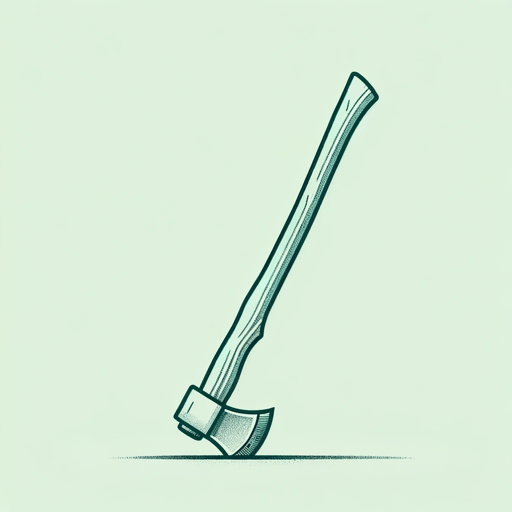
Brian's Return
Gary Paulsen
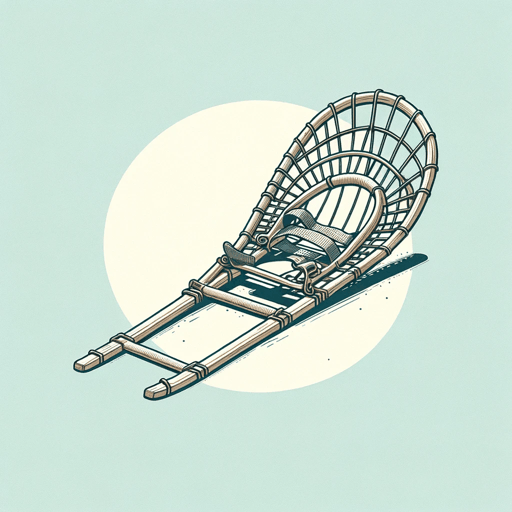
Brian's Winter
Gary Paulsen
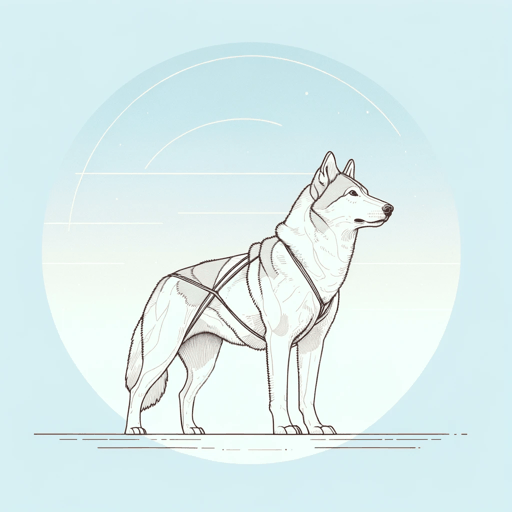
Dogsong
Gary Paulsen
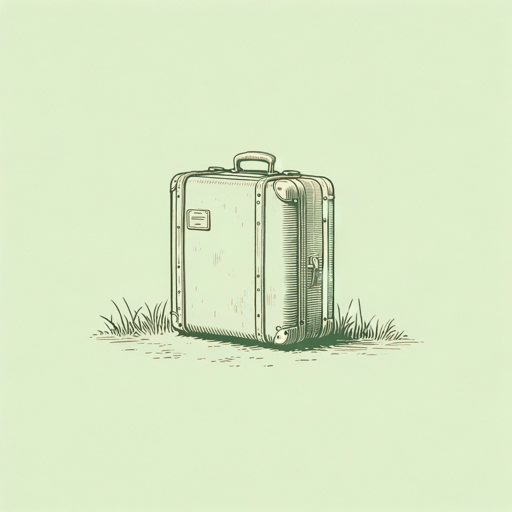
Harris and Me: A Summer Remembered
Gary Paulsen

Hatchet
Gary Paulsen

How Angel Peterson Got His Name
Gary Paulsen
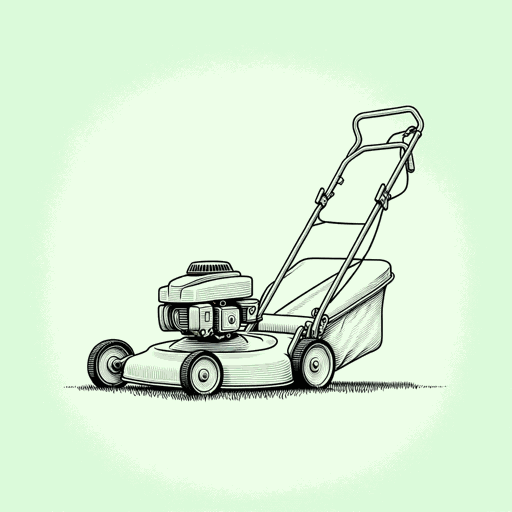
Lawn Boy
Gary Paulsen

Masters of Disaster
Gary Paulsen

My Life in Dog Years
Gary Paulsen
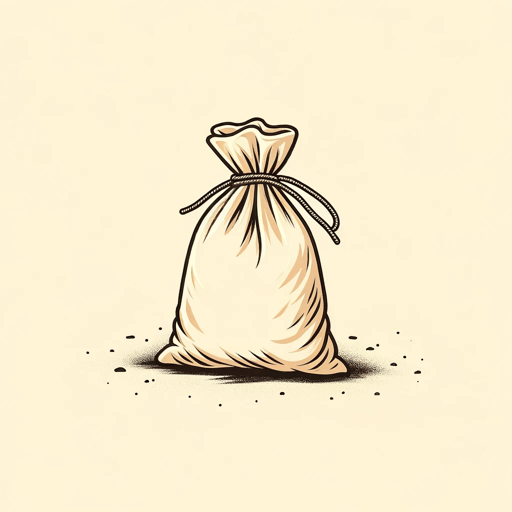
Nightjohn
Gary Paulsen

Northwind
Gary Paulsen

Soldiers Heart: Being the Story of the Enlistment and Due Service of the Boy Charley Goddard in the First Minnesota Volunteers
Gary Paulsen
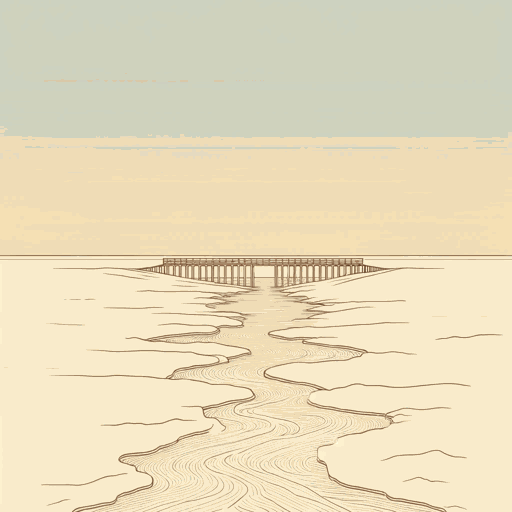
The Crossing
Gary Paulsen

The Monument
Gary Paulsen

The River
Gary Paulsen

The Transall Saga
Gary Paulsen

The Voyage of the Frog
Gary Paulsen

The Winter Room
Gary Paulsen
Tracker
Gary Paulsen
